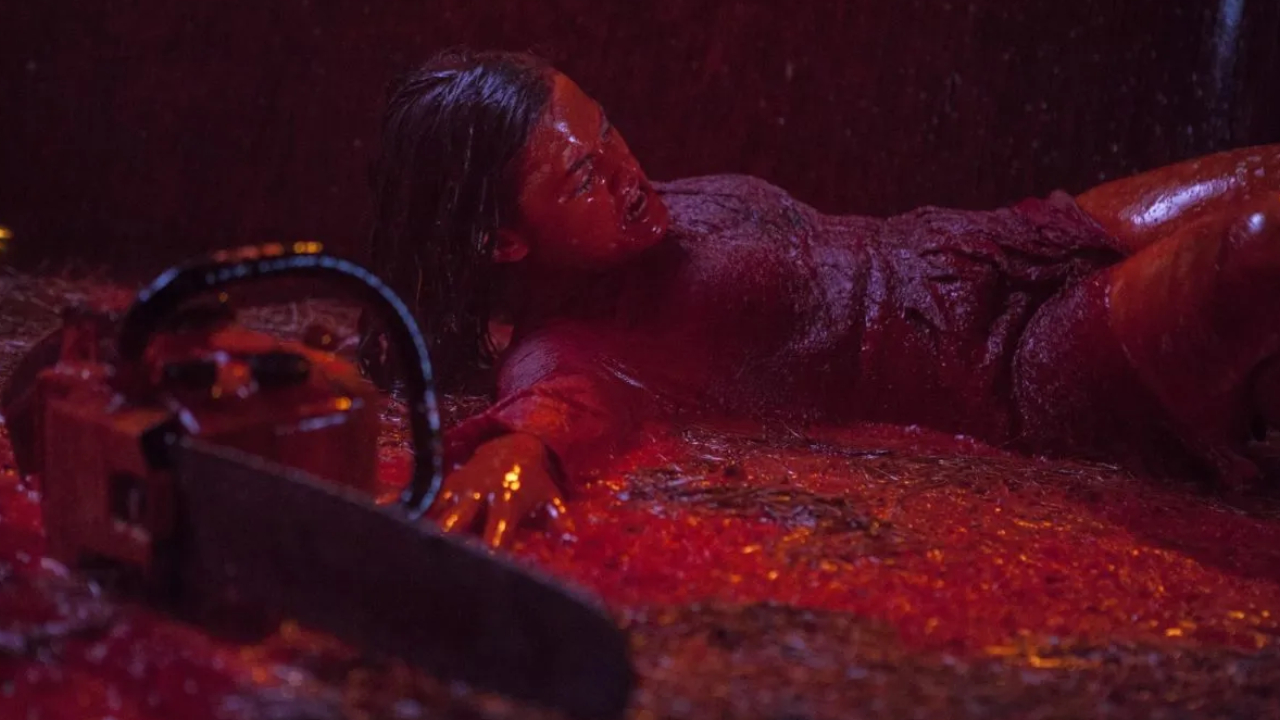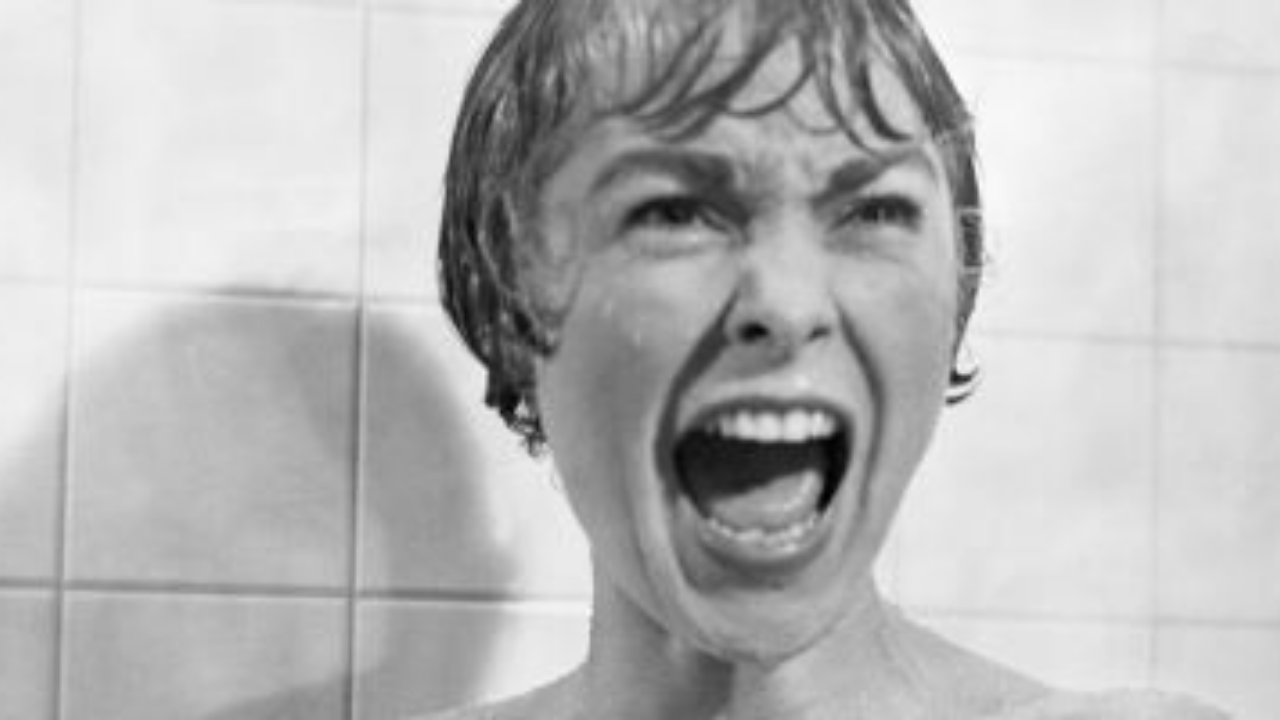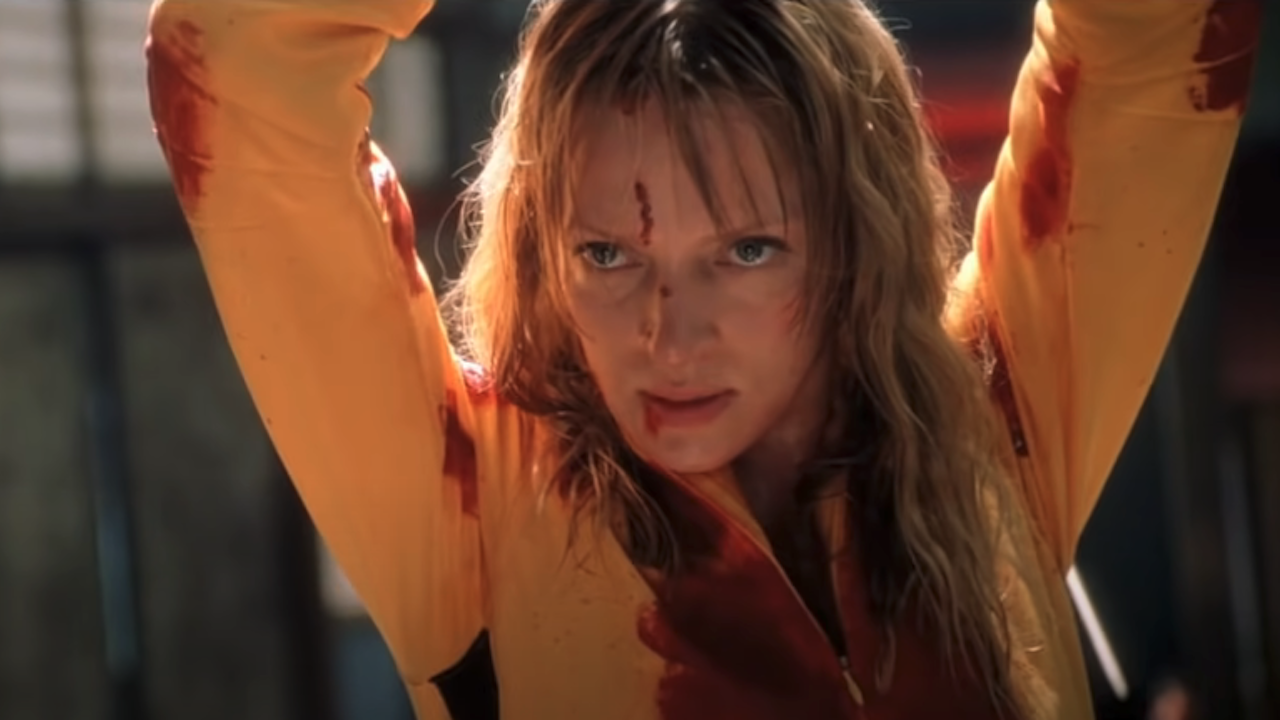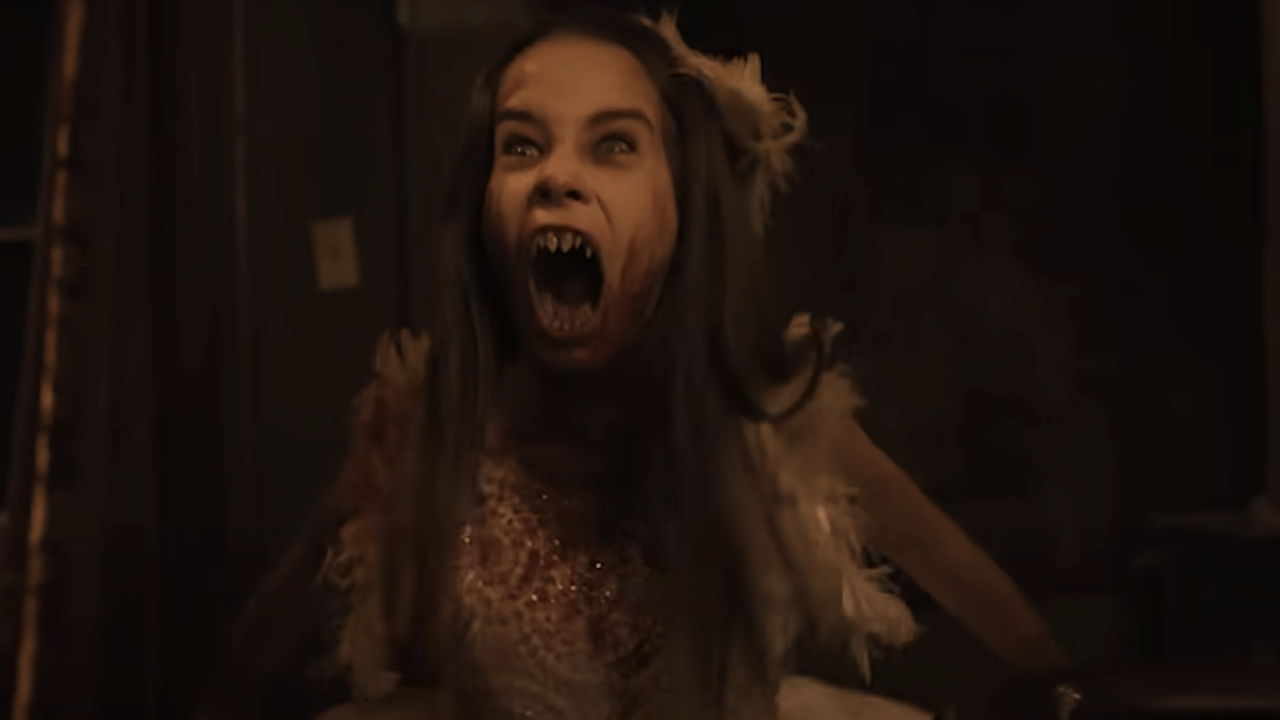The Real Story Behind The Recipe For Fake Blood In The Movies
Not much has changed in nearly 100 years.

From early black-and-white classics to modern blockbusters, the creation and use of fake blood have been a pivotal part of cinematic storytelling. The art of simulating gore in movies has come a long way since the days of black-and-white cinema. Crafting fake blood, a cornerstone of many of the best horror flicks and best action movies, involves chemistry, creativity, and cinematic history. Here, we delve into the evolution of fake blood, from its humble beginnings to its modern applications.

Fake Blood’s Origin: From Chocolate Syrup to Kodak Photo-Flo
The journey of fake blood began with simple solutions like chocolate syrup. Alfred Hitchcock’s Psycho is a film with several scenes that still haunt us years later, most famously the shower scene. The blood swirling down the drain after the brutal slaying of Janet Leigh was, in fact, chocolate syrup, which was often used in black-and-white films.
As color films emerged, the need for more realistic blood led to innovative, albeit sometimes hazardous, concoctions.
Recently Dave Elsey of Igor Studios discussed with Indie Wire how impactful one specific fake blood recipe has been for cinema, that of Dick Smith. Dick Smith, a pioneering makeup artist, developed a formula in the 1970s that has influenced nearly every blood recipe used since. His mixture included zinc oxide, corn syrup, and food coloring, enhanced with Kodak Photo-Flo—a wetting agent initially designed for photographic use. This formula provided the perfect viscosity and color blend that mimicked the real thing.

Film Advancement Called For Faux Blood Advancement
The demand for fake blood has grown with advancements in film technology and high-definition. Dave Elsey notes that while traditional recipes provide a good base, modern applications often require adjustments.
For instance, when applying fake blood to silicone or prosthetics, standard recipes tend to bead up and lose their realism. Thus, new formulas have been developed to ensure that blood splatters and flows naturally on various surfaces.
Directors' aesthetic preferences also significantly influence the characteristics of fake blood used in films.
Your Daily Blend of Entertainment News
There is a reason why one of the best movies of the 2000s, Quentin Tarantino’s Kill Bill Vol. 1 and Vol. 2, are called the “whole Bloody Affair” when viewed together because the flick is full of fake blood. The Pulp Fiction director is known for his stylized violence and works closely with his effects teams to craft a unique "Tarantino universe" blood that matches his films' exaggerated realism.
Similarly, Tim Burton and Sam Raimi have their preferred shades and consistencies tailored to enhance their movies' Gothic or hyper-real atmospheres.

Safety And Sensitivity Considerations Call For More Blood Formulas
The original blood recipes weren't without their risks. The use of Kodak Photo-Flo, while practical, posed potential health hazards if ingested. Today, safer, edible alternatives like dairy creamers are used to achieve similar effects without the risks. This adaptability extends to creating blood that is not only safe for use on the skin but also customizable for dietary restrictions or specific health needs, such as sugar-free or vegan-friendly versions.
Creating the perfect blood effect on the set can sometimes present unique challenges. In his interview with IndieWire, Elsey recalled a high-pressure situation in which he was asked to ensure that a blood effect for a gunshot wound hit a very specific target to avoid damaging an expensive antique carpet. Successful execution often relies on precise timing and application, highlighting the blend of artistry and technical skill involved in special effects makeup.
The creation of fake blood transcends mere technical needs; it embodies an artistic expression that deeply enriches film storytelling. More than just a concoction of scientific ingredients, each fake blood formula is a vibrant creativity tool. It enables makeup artists to significantly influence the mood and impact of scenes, adding a tangible, visceral element to the film's narrative.
As technological advancements continue, so will the refinement of fake blood, ensuring its ongoing role as a crucial, imaginative component of film production that meets the evolving visions of filmmakers and captivates audiences.
Don't forget to check out our 2024 movie schedule for a glimpse into what gory delights await, including the latest horror movie to get a theatrical release, Abigail. Having already garnered praise from critics as one of this year's standout movies, Abigail, which you can see in theaters now, promises to be a thrilling, blood-soaked adventure that's not to be missed.

Ryan graduated from Missouri State University with a BA in English/Creative Writing. An expert in all things horror, Ryan enjoys covering a wide variety of topics. He's also a lifelong comic book fan and an avid watcher of Game of Thrones and House of the Dragon.
